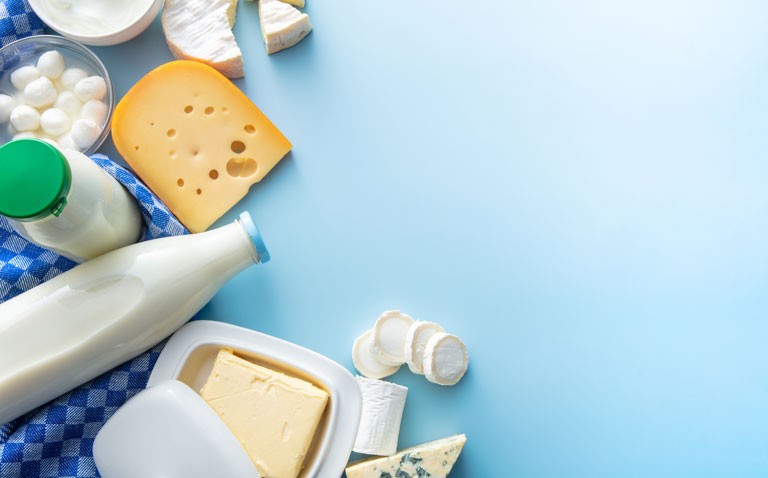Increased dairy intake among elderly patients to provide more calcium and protein reduced the overall fracture incidence by a third.
Supplementing with high calcium and protein dairy foods resulted in a 33% lower fracture incidence in the elderly according to research by a team from the Departments of Medicine and Endocrinology, University of Melbourne, Australia. The study was a cluster randomised controlled trial undertaken across 60 residential care facilities in predominately ambulatory patients.
Falls in older patients are an important public health issue and data from 2017 showed that among adults aged 70 and older who sought medical attention due to an injury, 8.4 million were due to a fall-related injury.
Moreover, in an analysis of malnutrition in the elderly, it was found that 68 % of individuals were considered malnourished or at risk of malnutrition. In addition, the study identified that mean protein intakes in residents were below recommended levels, exacerbating aged-related loss of muscle mass and function.
Furthermore, ensuring appropriate nutrition in the elderly by supplementing with a protein, calcium and vitamin D, reduced the incidence of falls among malnourished elderly patients. There is also evidence that calcium supplementation with vitamin D can reduce the incidence of hip fractures. Other work has found that consumption of food sources containing calcium can positively affect skeletal metabolism that is beneficial for bone health in older adults.
With the potential to correct malnutrition in the elderly, the Australian researchers set out to test whether the achievement of adequate calcium and protein intake could reduce the fracture incidence among institutionalised adults who were already vitamin D replete.
For their trial, participants were randomised, at facility rather than the individual level, to receive additional milk, yoghurt and cheese whereas the control group continued to receive their normal diet.
The primary outcome of interest was the difference in fractures, falls and all-cause mortality between the two groups, whereas secondary outcomes were the time to fall and changes in bone morphology and biochemistry.
Findings
A total of 7195 individuals were randomised to either the intervention (3301) or control arm. Among those allocated to the intervention arm, the mean age was 86 years (70% female). Diary intake increased from 2 to 3.5 servings per day, achieving a calcium intake of 1142 mg daily and 12 gm protein/day.
During a mean follow-up of 12.6 months, the overall fracture incidence was 324 with 121 occurring in the intervention group and 203 in the control arm, a 33% risk reduction (Hazard ratio, HR = 0.67, 96% CI 0.48 – 0.93, p = 0.02).
Post hoc analysis showed that the incidence of hip fractures was 1.3% in the intervention group and 2.4% in controls *(HR = 0.54, 95% CI 0.35 – 0.83, P = 0.005). Overall, there was an 11% lower risk of having a fall (HR = 0.89, 95% CI 0.78 – 0.98, p = 0.04) and there were 1974 deaths although this did not differ between the groups.
Data for biochemistry and bone morphology showed that at 12 months, there was a 20.4% difference between groups in serum C terminal telopeptide of type 1 collagen (p = 0.002). For bone morphology, there was a significant difference in lumbar spin bone mineral density (p = 0.04).
The authors concluded that their nutritional intervention was widespread implications as a public health measure for fracture prevention in the elderly.
Citation
Iulioano S et al. Effect of dietary sources of calcium and protein on hip fractures and falls in older adults in residential care: cluster randomised controlled trial. BMJ 2021.










